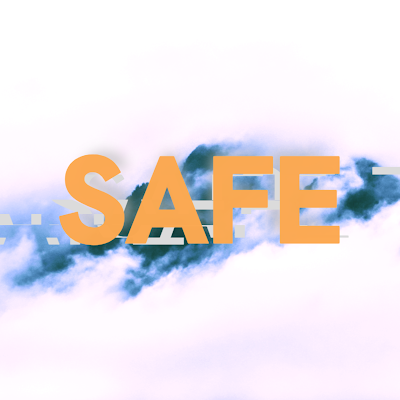Can I take your armor off?
Can I take your armor off?
by Joel Howard
A rabbi walked into the classroom to find a student busy working by himself. "Can I see what you've done?" the rabbi asks him. The boy doesn't look up. The whole class is quiet and busy working by themselves. Upon looking at the boy's work, the rabbi notices that the boy did not address the question in his short written answer but instead copied random text from the book. "I expect more from you," said the rabbi to him firmly. "You cannot just simply copy text from the book - I need to see your true answer, in your own words."
Another teacher walked into her classroom to find a student busy working with his peers. "Can I invite you to work with me at the back table?" the teacher asked him. The boy doesn't look up. The whole class is busy working together in small groups. Upon looking at the boy's work, the teacher notices that the boy has not done any work of his own but is sitting quietly and only moving to make it seem as though he is fitting in with his peers. "I need to see you at the back table - you haven't done anything!" the teacher says firmly to the student. To which the boy responds by hitting the desk and, in tears, complying by coming with the teacher.
A young woman was bordering on a crisis due to a lack of intimacy in her life with others and with family. "Can I talk to you, mom?" The young woman said, but not with her words, only in her thoughts. As soon as the mother continued quietly reading her book and did not initiate conversation with her grown daughter, the young woman proceeded to react, screaming, "How long!?!" and thrusting herself violently about only to be restrained and calmed by her mother.
These are three stories of different people but they tell the same story - the story of all who live life wearing protective armor. Researcher Brené Brown uses the picture of armor to describe the self-protective nature of our battle against vulnerability. We choose to hide - subtly and yet intentionally - as a pattern to avoid hurt which would stem from being open with the world around us about who we really are.
The boy in the first story hides from the world by copying from a textbook instead of working to provide his own meaningful thoughts on paper. The boy in the second story hides by trying to fit in with his peers while masking the fact that he is doing no original work of his own. The young woman in the third story tests her world by assuming nobody wants intimacy with her and lashing out upon herself when others supposedly prove her right.
The rabbi in the first story disarms the boy by stating the fact that he is copying from the book and calls him to provide original answers. The boy breaks out in tears, having been undone. The teacher in the second story disarms the boy by stating that he has done no work at all and has only pretended to be engaging with his peers. The boy lashes out in anger and beneath the anger are tears of sadness for having been found out. The mother in the third story disarms the young woman by allowing the young woman to choose silence and to not overextend to provide the young woman with something she never vocalized and asked for. The young woman shouts and lashes out, only to have to be restrained by the loving mother.






